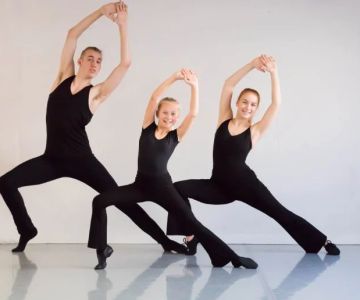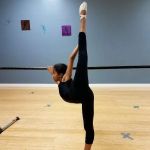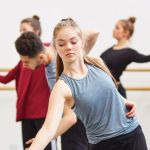
- Why Tap Dance for Kids is a Great Choice
- Benefits of Tap Dancing for Children
- How to Get Started with Tap Dance for Kids
- What to Expect in Tap Dance Classes for Kids
- Real-Life Experiences with Tap Dancing for Kids
- Expert Advice for Learning Tap Dance







 Dr3am Factory4.0 (27 reviews)
Dr3am Factory4.0 (27 reviews) Lilith Pole and Aerial Dance4.0 (25 reviews)
Lilith Pole and Aerial Dance4.0 (25 reviews) Studio Powers4.0 (29 reviews)
Studio Powers4.0 (29 reviews) Southwest Ballet Theatre4.0 (15 reviews)
Southwest Ballet Theatre4.0 (15 reviews) For the Love of Dance Studio0.0 (0 reviews)
For the Love of Dance Studio0.0 (0 reviews) Dance With Miss Sherry5.0 (1 reviews)
Dance With Miss Sherry5.0 (1 reviews) How to Choose the Best A Level Dance School for Your Future
How to Choose the Best A Level Dance School for Your Future Why A Step Above School of Dance LLC OK Is a Top Choice for Young Dancers
Why A Step Above School of Dance LLC OK Is a Top Choice for Young Dancers Ballroom Dance for College Students: Tips from Experts
Ballroom Dance for College Students: Tips from Experts Can I Learn to Dance While in Grad School? Tips for Balancing Dance and Academics
Can I Learn to Dance While in Grad School? Tips for Balancing Dance and Academics A Place to Dance: Exploring the Royal Ballet School's Legacy and Its Inspiration
A Place to Dance: Exploring the Royal Ballet School's Legacy and Its Inspiration Do They Have Mother-Son Dances in School? A Complete Guide for Parents
Do They Have Mother-Son Dances in School? A Complete Guide for Parents